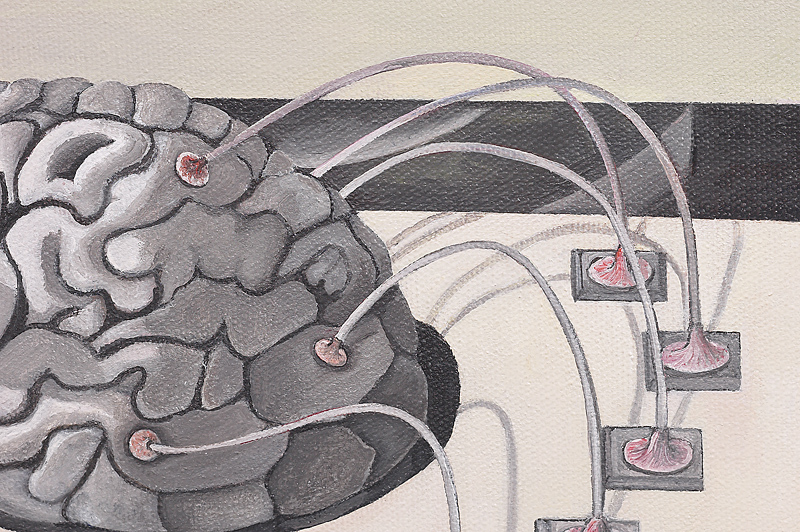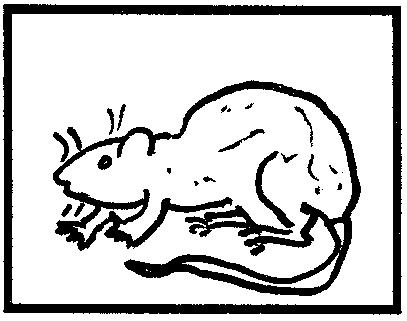 Attachment Research Says It's Okay To Throw Pine Cones At Your Kids
Attachment Research Says It's Okay To Throw Pine Cones At Your KidsI was at the park the other day throwing pinecones at my kids when a horrified mother asked, ...
 Why Calvin's Dad Rocks At Explaining Science To Children
Why Calvin's Dad Rocks At Explaining Science To ChildrenGary Larson tapped into the universal absurd. Charles Schulz helped us identify with the underdog...
 A New Kind Of Reward Teaches Intrinsic Motivation
A New Kind Of Reward Teaches Intrinsic MotivationI would like for my son, Leif, to play the violin. I’m a serious ex music geek and so in addition...





 First, I'm afraid I fell victim to one of the classic blunders—the most famous of which is never get in involved in a land war in Asia, but only slightly less well known is this: probability is not additive (as a couple astute Times readers have now pointed out--before going further, you might want to read my Frankie the Fixer puzzle in the left sidebar of
First, I'm afraid I fell victim to one of the classic blunders—the most famous of which is never get in involved in a land war in Asia, but only slightly less well known is this: probability is not additive (as a couple astute Times readers have now pointed out--before going further, you might want to read my Frankie the Fixer puzzle in the left sidebar of 

 What happens when you die? What's right and wrong? What's the purpose of life? Aaaaarrghhh! Chill out, God has the answers. And the religious part of your brain knows it.
What happens when you die? What's right and wrong? What's the purpose of life? Aaaaarrghhh! Chill out, God has the answers. And the religious part of your brain knows it. 
 Imagine you're navigating a three-dimensional maze. Believe it or not, in this situation, both men and women think. Only, women think with the distinctly human right prefrontal cortex, while men use the rat-brain navigational instincts of their left hippocampus (according to fMRI studies). Basically, what this means is that while men efficiently snuffle around the corridors, rationally and analytically memorizing each branching path, women look at the map. And if the map is unclear, they ask directions (not to reinforce a pop stereotype, or anything).
Imagine you're navigating a three-dimensional maze. Believe it or not, in this situation, both men and women think. Only, women think with the distinctly human right prefrontal cortex, while men use the rat-brain navigational instincts of their left hippocampus (according to fMRI studies). Basically, what this means is that while men efficiently snuffle around the corridors, rationally and analytically memorizing each branching path, women look at the map. And if the map is unclear, they ask directions (not to reinforce a pop stereotype, or anything). 

 We know the mouth is a useful orifice for venting our feelings: if we're "hot," speaking our anger can help us "cool off". And so the bigger the mouth, the better the cooling, right? Actually, yes.
We know the mouth is a useful orifice for venting our feelings: if we're "hot," speaking our anger can help us "cool off". And so the bigger the mouth, the better the cooling, right? Actually, yes. 